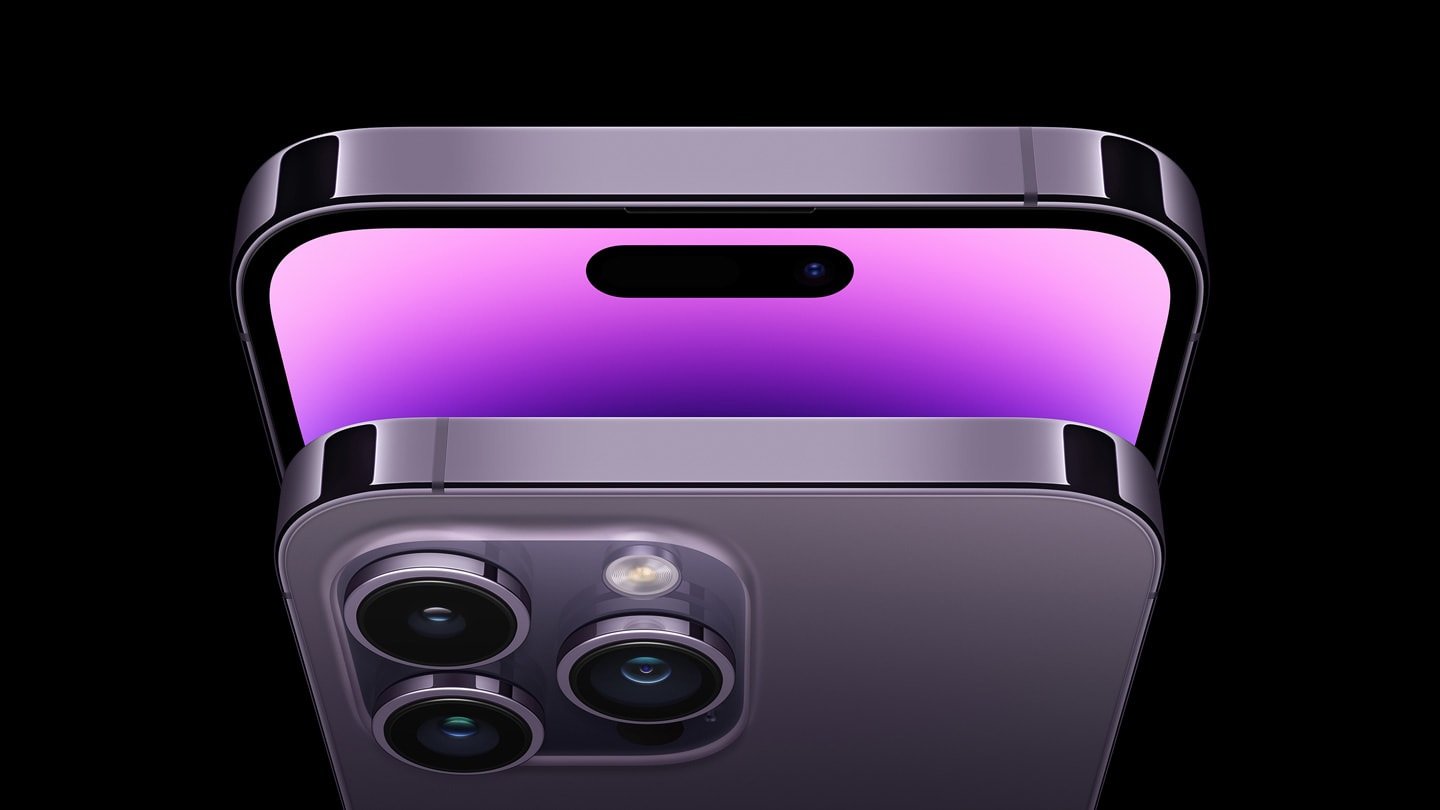- Toyota Goes Trendy With New Camry
Toyota Motor Corporation has rolled out an all-new 2018 Toyota Camry, eliciting enthusiasm from its fans and lovers of sleek sedans globally as it raises the level of fun and excitement in the latest model.
The eighth-generation sedan is said to be the result of Toyota’s total evolution, thanks to its much-talked about new-found performance and style.
A statement from the manufacturer’s communication team says the Toyota team is thrilled by the success of the Camry over the years, including the current model, which informed the decision to reward its fans with something novel and trendy.
Specifically, the all-new Camry utilises the TNGA (Toyota New Global Architecture), which represents a completely new strategy in the way the company designs, engineers and packages its vehicles.
The TNGA, it says, “retains all of Toyota’s traditional values of superlative build quality and safety while injecting a fun driving experience that plays on all the senses. The physical manifestation is the usage of a new engine, transmission and GA-K platform.”
It quotes Toyota Senior Vice-President, Automotive Operations, Mr. Bill Fay, as saying, “With an exhilarating design, refined interior, stirring driving performance, cutting-edge safety and technology, and class-leading fuel efficiency, the all-new Camry retains its excellent value while raising its level of fun and excitement to new heights. It is simply the best Camry ever and the benchmark in the mid-size sedan segment.”
“With the full implementation of the TNGA in the new Camry, the car’s designers and engineers had an opportunity to develop the eighth-generation model from the scratch. So, instead of resting on past laurels and taking the safe route of basing the new model on the same formula that has made past Camry models the best-selling mid-size sedan in the world, its Chief Engineer, Masato Katsumata, had other plans. He wanted to redefine the genre and create something that would stir people’s souls; so, he went about producing a sedan that not only embraced the Camry’s traditional core components of performance and intelligence, but also added one more element to the mix: experience,” says the automaker.
Exterior
Toyota says the 2018 Camry has a sleeker profile than the current model, with aggressive character lines.
The design team, according to the firm, has been able to reduce the car’s overall vehicle height by approximately one inch from the current model and incorporate a lower roofline, without sacrificing interior space.
This is achieved by lowering the hip points of the occupants (0.8-inches in the front and 1.2-inches at the rear), and therefore their seating positions.
“Like the front, the rear features an athletic motif that melds flowing lines and complex shapes to form a sculpted landscape. Looking closely at the C-pillar’s detail will reveal a multitude of surfaces that reflect light from all angles,” it states.
Trims
The new Camry will be available in five grades: L, LE, XLE, SE and XSE. The sportier SE and XSE grades wear a noticeably different body style than the entry level L and LE, and premium XLE grades, highlighted by a sculpted rocker panel, new 19-inch black machined-finish alloy wheels (standard on XSE and optional on SE) a subtle rear spoiler lip, aggressive front bumper, and rear bumper with a lower diffuser.
Interior
Toyota says the completely redesigned interior is a fusion of functionality, futuristic styling, and a high degree of personal space and craftsmanship.
According to the manufacturer, while the driver is situated in a sporty cockpit-type environment having gauges angled toward his or her direction, the front passenger is treated to a sense of openness and freedom that results from the innovative dashboard design.
It says a key visual element of this driver-focused design concept is a sweeping yet elegant new character line that flows down from the instrument cluster and bisects the centre console waterfall.
Toyota says the new front seats have improved ergonomics, providing maximum comfort with a newfound level of ease and engagement to match the Camry’s elevated performance and athleticism.
Its rear-seat accommodation is said to be more refined than ever too, with improved comfort and ergonomics, adding, “Exquisite stitching on the front- and rear-seat surfaces is but one example of the high level of craftsmanship found throughout the vehicle.”
Entertainment
The car features Toyota’s latest in-vehicle information technology whose next-generation displays offer a unique level of integrated information with minimal distraction.
It relays information through three available interlinked displays: a 10-inch colour Head-Up Display; a seven-inch multi-information display within the instrument cluster, and an eight-inch audio/navigation/HVAC (heating, ventilation and air conditioning) control panel that’s seamlessly integrated into the centre console in a modern, flush-surface design.
“Convenient and highly intuitive operation is assured through customisable features and smart phone-like touch screen icons that create a seamless connection and user workflow between the in-vehicle information technology and other digital media,” it says.
The TNGA technology
The TNGA is considered the joker in the all-new Camry as the automaker notes that the development of the car has been advanced by this technology.
Toyota says the TNGA is much more than an approach to designing a vehicle’s platform; it is a new strategy that strengthens the development of its vehicles going forward.
“The all-new Camry’s TNGA-based body/platform has created a new dimension of design freedom that includes an extended wheelbase and a wider vehicle stance, realising a stylish and sporty new design aesthetic,” it says.
Engine
Toyota says three new powertrains will be available on the new 2018 Camry: an all-new 2.5-litre inline-four-cylinder D-4S petrol engine and a new 3.5-litre V6 with D-4S fuel injection, both of which are paired to a new eight-speed direct-shift automatic transmission (8AT); and a next-generation Toyota Hybrid System (THS II).
Safety
It lists the many safety features of the 2018 Camry to include the standard TSS-P suite of safety systems and technologies helping to make gradual progress towards the automaker’s ultimate goal of ‘zero casualties from accidents’.
This safety suite is said to offer cutting-edge active safety technologies such as Pre-Collision System with Pedestrian Detection, Dynamic Radar Cruise Control, Lane Departure Alert with Steering Assist; and Automatic High Beams.
It says select models will also come with standard Blind Spot Monitor with Rear Cross Traffic Alert, just as the available Intelligent Clearance Sonar includes a new Rear Cross Traffic Braking system.
It also says the new Camry has 10 standard airbags along with Toyota’s Star Safety System™, which are Enhanced Vehicle Stability Control, Traction Control, Electronic Brake-force Distribution, Brake Assist, Anti-lock Braking System, and Smart Stop Technology, among others.
It adds that the new Camry comes equipped with a standard backup camera.
“Camry drivers will be the first to enjoy enhanced connectivity and entertainment through the new Toyota Entune™ 3.0 multimedia system. The new 2018 Camry will feature Entune 3.0 on all models, offering an enhanced set of connected vehicle technologies.”
It says the Entune™ 3.0 delivers several new technologies including available Remote Connect, which provides remote start and door unlock capability, vehicle status notifications, a guest driver monitor, and vehicle finder.


 Forex2 weeks ago
Forex2 weeks ago


 Naira2 weeks ago
Naira2 weeks ago
 Billionaire Watch1 week ago
Billionaire Watch1 week ago




 Naira2 weeks ago
Naira2 weeks ago




 Naira1 week ago
Naira1 week ago




 Naira4 weeks ago
Naira4 weeks ago
 Nigerian Exchange Limited4 weeks ago
Nigerian Exchange Limited4 weeks ago


 Naira3 days ago
Naira3 days ago









